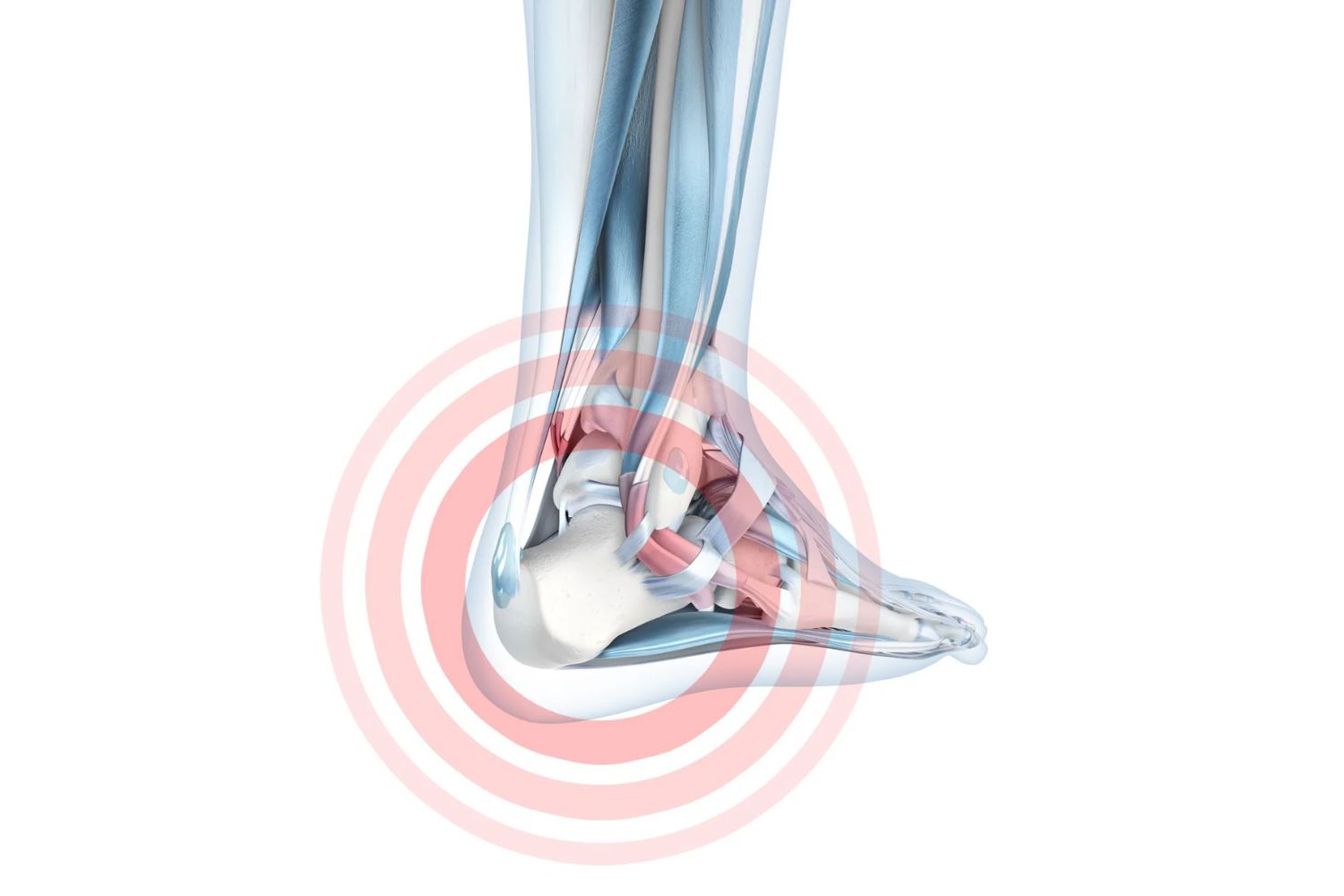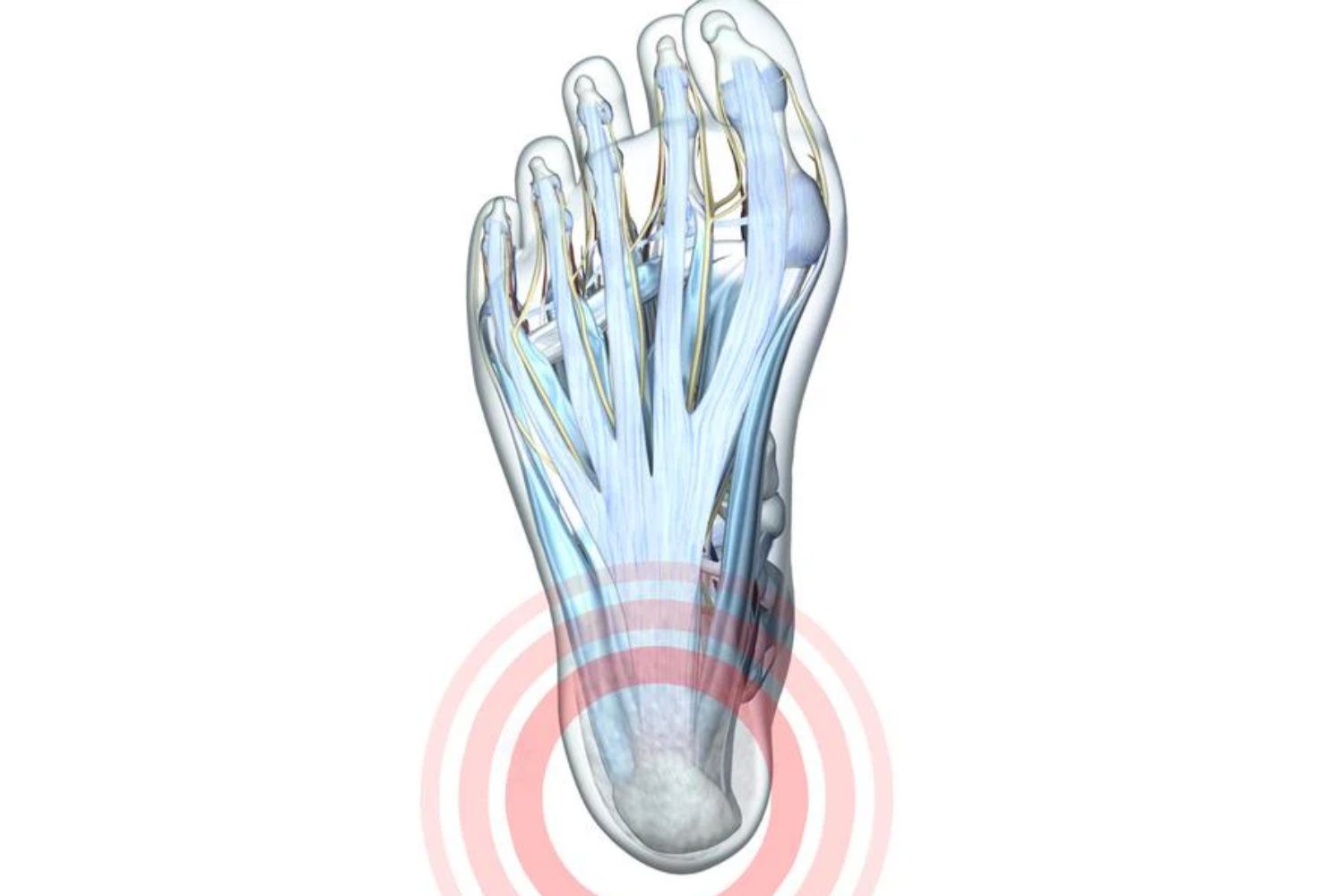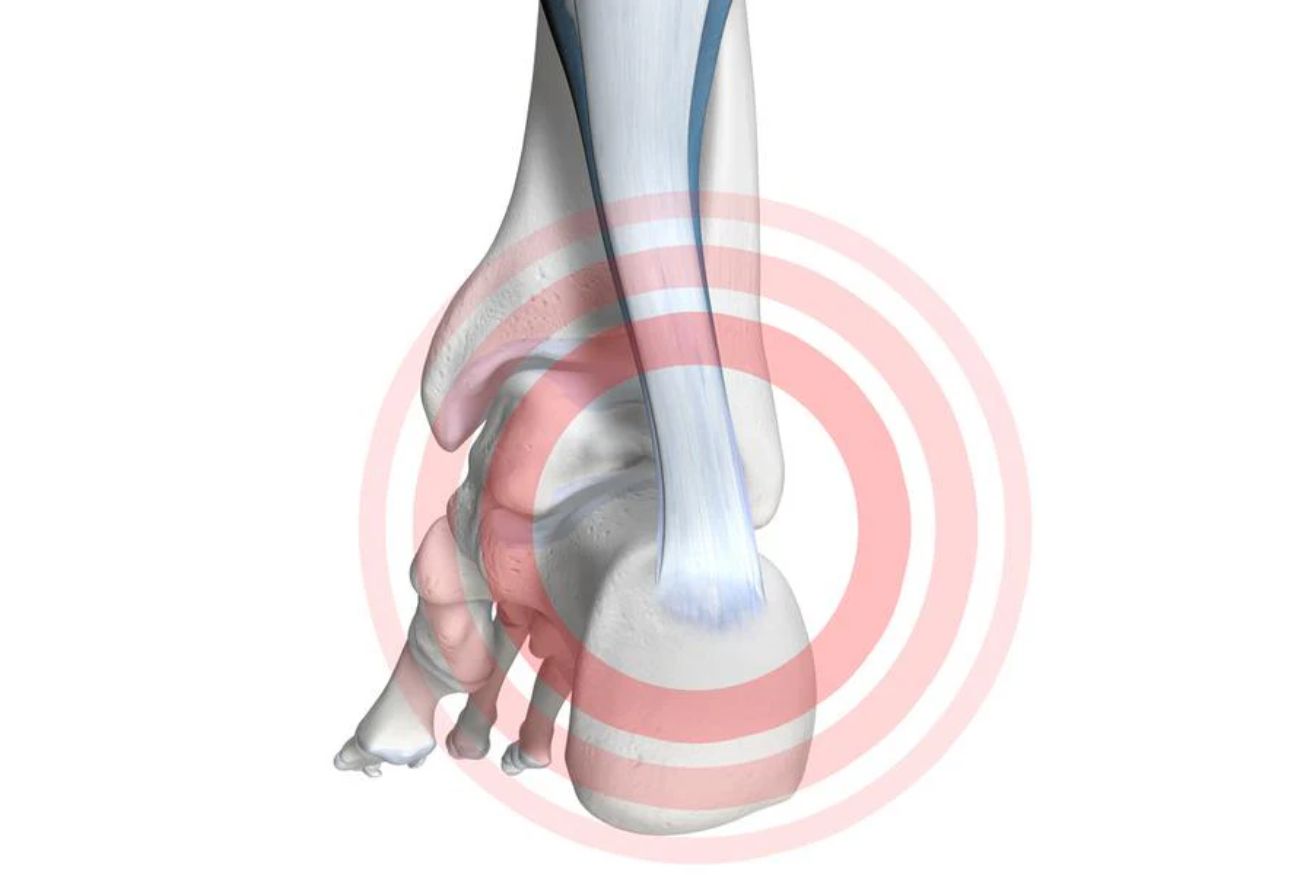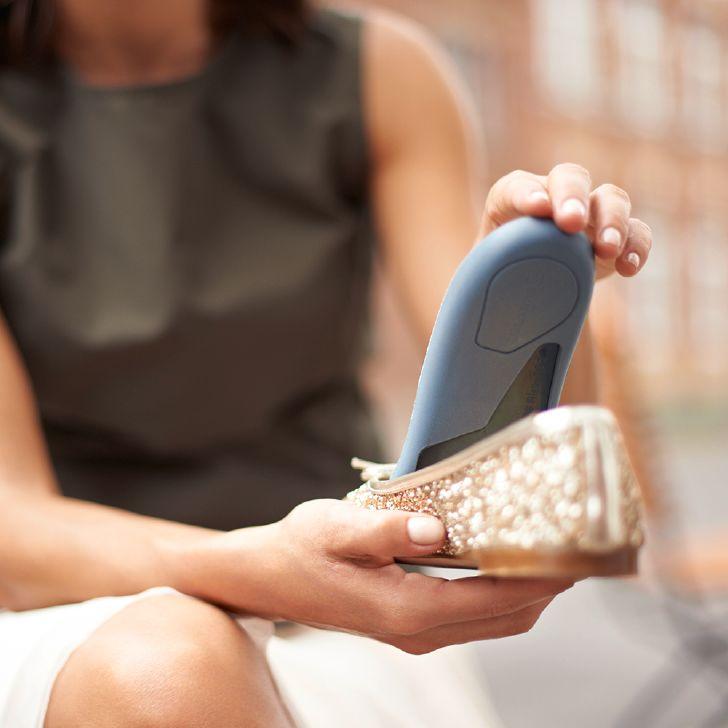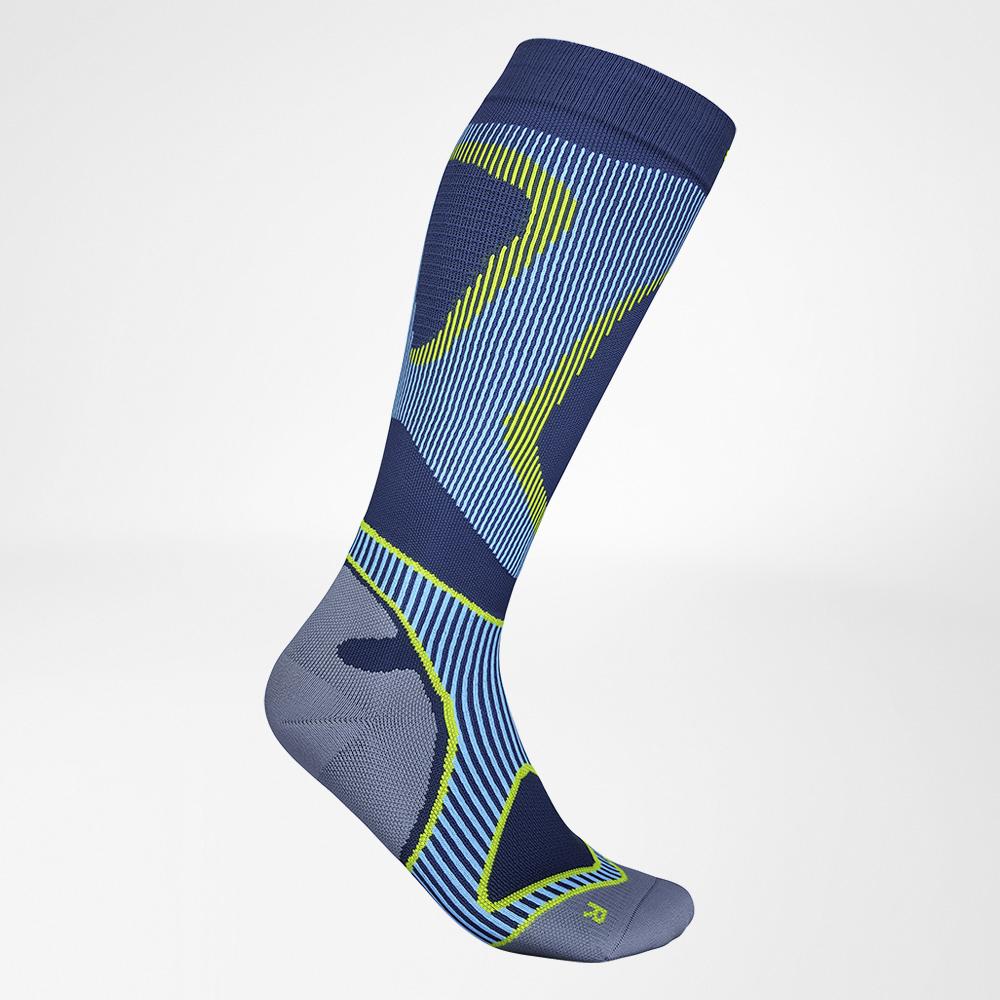Work safety boots are essential for protecting our feet from occupational hazards and are part of virtually every manual labour job in Australia.
Most safety boots are heavy, with reinforced tips that shield against potential damage to the toes. The soles are reinforced to protect against potential sharp objects on the ground from piercing the feet.
Commonly available work safety boots are often found to be inadequate footwear for the long-term well-being of the feet and have been proven to lead to the development of pain and discomfort in the heel.
Chronic cases can lead to the formation of painful bone growths, like heel spurs, and other conditions. As a result, patients often experience pain and discomfort, and their quality of life suffers.
Causes of Foot Pain from Work Safety Boots
Foot pain is a relatively common side effect of long-term use of commonly made work boots. The condition is a direct result of overloading the feet due to excessive strain. Some of the most commonly known risk factors include:
Uncomfortable Work Safety Boots
Commonly made work safety footwear is the leading cause of pain in manual labourers. This happens because the rigid and solid material meant to shield workers from work-related accidents severely restricts the natural movement of the feet and joints.
The shoes encourage unhealthy proprioception, exerting unnatural and excessive pressure on the feet. In the long run, this can lead to complications in the feet that lead to persistent sharp pain and discomfort.
The Level of Intensity Involved in the Occupation
It is noted that the stress on the feet is proportional to the progression of the condition.
The more intense the physical labour or the longer the time spent in uncomfortable work safety boots, the higher the chances of developing symptoms and progressing degeneration. This occurs more frequently in many worksites where people are on their feet all day.
Unhealthy proprioception exacerbates the strain on the ankle
Inherent malformations in the feet and certain other hereditary factors can make patients especially vulnerable.
Foot Pain Due to Work Safety Shoe Symptoms
The symptoms of the condition typically depend on the progression of the disease. In most cases, a patient suffering from this condition experiences:
- Pain in one or both feet. Episodic pain is common after long periods of inactivity, especially the morning after a long night’s sleep. The pain subsides over the day, but the condition may remain hidden until the symptoms worsen.
- The surrounding area's skin may become irritated and turn red. There is usually some associated swelling in the feet and general discomfort.
Chronic Case Symptoms
Long-term neglect and progression of the disease can result in chronic cases of pain in the foot. There are real risks of developing complications like:
- There is bone growth on the surface of the heel, called heel spurs. These can be very painful and lead to significant swelling around the heel.
- The development of a bulge on the heel bone is due to an abnormality in the heel bone and the soft tissue in the feet. This condition is referred to as Haglund’s syndrome.
- Development of inflammation of the tendon plate under the sole of the foot, known as plantar fasciitis.
Immediate medical treatment is highly advised to prevent the long-term degeneration of the feet. Early diagnosis has the best prognosis!
Diagnosis of Foot Pain Due to Work Safety Shoes
An orthopedic specialist or GP is the best medical practitioner to seek advice from when experiencing foot pain. A thorough physical check and patient history help understand the risk factors on an individual basis. In this case, examining a patient’s occupation can be valuable.
Sophisticated imaging technology, such as X-rays, can be used to determine the location and progression of the bone growths on the heel bone or diagnose Haglund’s syndrome. Together, this information can help form an effective prognosis.
Foot Pain - Work Safety Boots Treatment
Treatment for foot pain is primarily conservative and centres around alleviating the symptoms and taking measures to prevent the progression of the condition.
The level of treatment mainly depends on the progression of the symptoms and a study of the complications caused by the disease. Some of the more valuable and practical ways to manage the condition include:
Lifestyle Changes to Relieve the Foot
It is crucial to relieve the foot from the excess strain it is under. Well, fit work boots and special socks that provide heel support (Training compression socks) can help provide support and relief to the heel.
Reducing body weight and combating obesity helps reduce the weight on your feet and greatly reduces the strain on the heel bone. Initially, a change to a healthier diet and later controlled physiotherapy can provide excellent results.
Pain Relief Medication
When there is significant inflammation in the feet, patients may find it beneficial to use prescribed anti-inflammatories and analgesics. Mild cases are often managed conservatively with cooling and ice packs and mild anti-inflammatories to temporarily manage the swelling. In advanced patients with chronic symptoms, local injections of Cortisone can be more effective.
Physiotherapy Exercises
It is highly recommended that the muscles in the calf and foot be regularly exercised to build strength. Developing these muscles can help reduce the stress on the bone and combat the progression of the condition. Multiple sessions a day for a few months can rapidly improve a patient’s prognosis.
Medical Orthopedic Insoles
Optimally shaped medical orthopedic work safety shoe inserts are very effective as both a preventative measure and to slow down the degeneration of the Calcaneus (heel bone).
The insoles help protect the foot from excess stress and encourage its natural movement. They can also serve as a comfortable cushion for patients with inherent malformations in the foot's structure.
Surgical Intervention
Only in rare cases of heel spurs or advanced Haglund’s syndrome does surgery become necessary. Most cases of the condition are managed conservatively.
Some patients might require surgery to correct the excess bone growth or correct the bulge to restore structure and mobility to the foot. However, surgery is a risky procedure and is usually the last resort to provide relief to a patient.
Orthopedic Shoe Insoles for Work
Medical orthopedic shoe insoles like the ErgoPad Redux Heel 2 are effective tools for preventing the onset of the condition and managing the risks of regular use of work safety boots.
They act as a cushion for the heels, relieving them from pressure. The insert transfers the load from the bodyweight to the entire foot and encourages healthy proprioception.
The ErgoPad Redux Heel 2 insoles are designed to fit snugly inside your work safety boots and prevent the foot from slipping out of the shoe.
ErgoPad Redux Heel 2
Patients using the insert regularly find it easier to stand for extended periods of time and have reported relief from the pain. The skin-friendly material is easy to clean and very durable, making it perfect for daily use.
The Sports Performance Socks are also excellent at managing heel pain in conjunction with insoles. They provide medical-grade compression along the entire foot and cushion all of the surfaces to allow less pressure on the heel itself.
Sports Performance Socks














